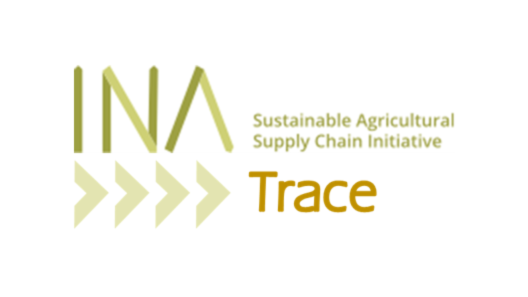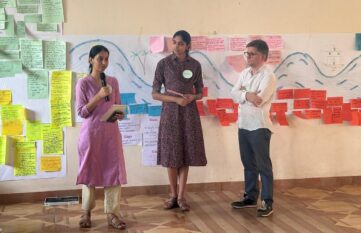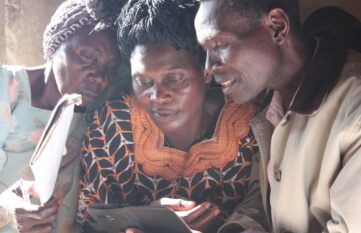more offers: In sub-Saharan Africa, the supply of digital solutions for agriculture increased by about 44 per cent per year between 2015 and 2018.
RECOVER – Farm Radio International
Farm Radio International used interactive radio to reach women and men from rural communities in seven countries with gender-responsive information on specific value chains such as soybean, cassava, groundnut and more. Done at a distance, using remote technologies to ensure the safety of everyone involved during the pandemic, the project also addressed hygiene, nutrition, gender equality, and climate change through radio programs.
Website






